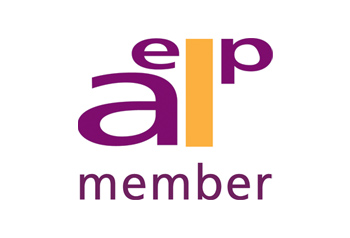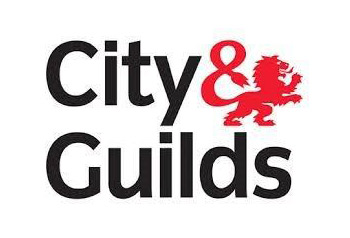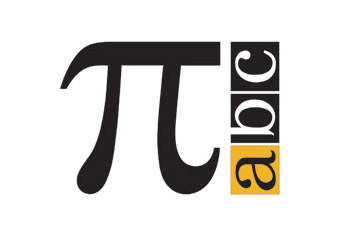Wood Machinist Apprenticeship Course
Wood Machinists can be employed by a range of business sectors including the furniture and construction trades to cut, shape and prepare materials providing component parts for their product range.
These can include doors, windows, furniture, kitchens, garden furniture, sheds, fencing, skirtings etc.
If you can make accurate measurements, follow technical instructions closely and want to use your practical skills, there could be opportunities for you in this career.
You will also need good maths skills for working out quantities and the ability to work safely..
Skills, interests and qualities
-
Good practical skills and some mechanical knowledge
-
An understanding of the properties of wood
-
The ability to follow detailed instructions
-
Good levels of concentration and attention to detail
-
A safety-conscious approach to work
-
The ability to work both on your own and in a team
-
Good maths skills to make calculations and take measurements
What training will I receive?
As an apprentice Wood Machinist you will be following a comprehensive training programme which offers training in a variety of areas in the wood machining industry.
This is a highly skilled job which will involve setting up and operating a wide range of woodworking machines. These will include: cross cut saws, panel saws, band saws, surface planers, spindles, routers and sanders etc. Some companies also have NC and CNC machinery, on which you may train.
You will be responsible for the basic maintenance of all the machines you have received training on, which will include changing cutters, saws and blades, lubricating and cleaning tools. You will be trained to set the machines to fine tolerances. Vernier gauges and other precision measuring equipment can be used when checking finished sizes..
When do I attend training?
Training can be organised to suit the needs of employers and can consist of attending on a day release once a week, or in week blocks, that will be spread five times throughout the year.
What will I get at the end of my programme?
Throughout your training programme, you will need to prove your ability on the followings:
- Measuring and marking out
- Tooling
- Cutting
- Planning
Plus, four additional requirements chosen by the employer from the following: Calibrating, using Jigs and Templates, Profiling, Boring, Sanding, Edge Banding, Joints, and Operating machinery and equipment.
Plus improving Functional Skills in English and maths (where appropriate))
On successful completion you will have achieved the Level 2 Standard in Wood Machining
Progression opportunities
Having achieved the standard at Level 2 you can start working towards the Advanced Level 3 Wood Machining Apprenticeship.
Thereafter, you could work as a wood machinist, CNC programmer, technician, quality assurance manager, supervisor, designer or teacher.
How do I apply?
There are several ways to apply:
Contact the recruitment team on 0115 9677771 or write to us at WEBS Training Ltd, The Poplars, Wollaton Road Beeston NG9 2PD
Submit an enquiry via the website Enquiry Form
Email us at info@webstraining.com
Details of standard
In addition to the core requirements and in order to ensure sufficient flexibility to meet the needs of the industry whilst maintaining the rigour of every single apprenticeship within it, Wood Machinists will be able to undertake all the mandatory trade requirements and four of the optional trade requirements.
Core Requirements
As part of the standard you will be required to undertake a number of core requirements around the knowledge, skills and behaviours expected of a furniture manufacturer.
These will reflect the sector and the organisation you work covering such things as health & safety, your organisation, industry knowledge, customers, quality standards, maintaining equipment and behaviours expected of you in the work place..
Trade Requirements
Mandatory - YOU WILL KNOW HOW TO BE ABLE TO
| Essential | |
| Measure and Mark Out | Measure and mark out materials to specification within the acceptable tolerances following standard operating procedures. |
| Tooling | Select, prepare and maintain woodmachining tooling. |
| Cutting | Prepare, set up and operate cutting wood machinery. |
| Planning | Prepare, set up and operate planes. This includes surface planer and thicknesser (can be a combined machine) and four sided planer and moulder (for planed all round). |
Optional - YOU WILL KNOW HOW TO AND BE ABLE TO
| Pre-Machining | |
| Calibrating | Calibrate measuring equipment, keep tools and equipment clear of debris and dirt and ensure tools are kept sharp. |
| Jigs and Templates | Use and maintain jigs and templates for furniture production. Jigs are used to ensure repeatability and accuracy in the production of furniture. These can be hand held or mounted on workbenches. |
| Profiling | Prepare, set up and operate profiling wood machinery. This includes vertical spindle moulder (straight work), four sided planer and moulder, high-speed router, double-end tenoner, wood turning lathe, copying lathe, linear shaper, rotary shaper machines. |
| Machining | |
| Boring | Prepare, set up and operate boring wood machinery. This includes single-head machine and multi-head machine. |
| Sanding | Sand materials for preparation prior to assembly, post-assembly and de-nibbing. Understand grit sizes and the process of sanding. This includes the use of wide belt sander, overhead narrow belt sander, disc sander, bobbin sander, linisher and profile sander. |
| Edge Banding | Carry out the edge-banding process following standard operating procedures. This includes, edgebanding by hand, colour matching, timber and PVC lippings, calibration and finishing techniques. |
| Operate Machinery and Equipment | Operate woodworking machinery and equipment to meet company requirements. Prepare tools and equipment including tooling technology and calibration of measuring equipment. |
| Joints | Prepare, set up and operate wood machinery to produce jointed wood and wood-based products. This includes chisel morticer, chain morticer, slot morticer, dovetailer, vertical spindle moulder, stair router, single-end tenoner, double-end tenoner, round-end tenoner, dowler and router. |
| Finishing | |
| Assembly | Assemble components of furniture following standard operating procedures. Understand the sequence of assembly and why this is important. |
Maths and English Requirements
For apprentices that have not yet achieved level 2 English and maths, they must achieve Ievel 1 English and maths and take the test for level 2 prior to taking their endpoint assessment.










